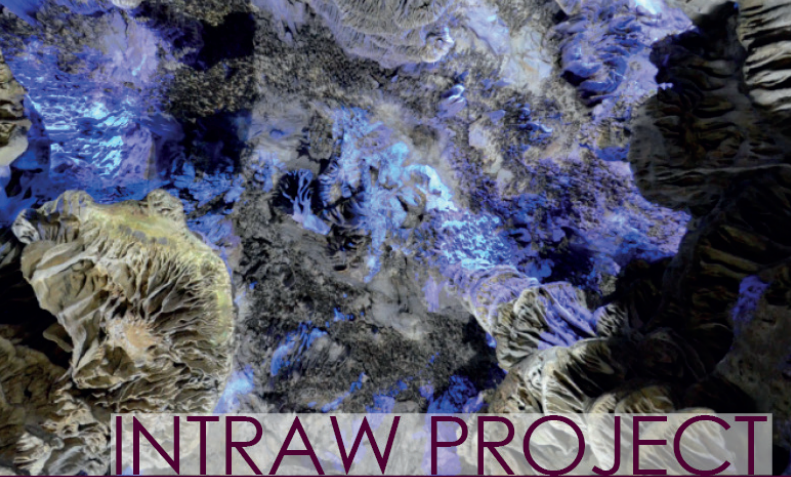De European Federation of Geologists (EFG) heeft het initiatief genomen voor een aantal EU-projecten, waaronder INTRAW (International Raw Materials Observatory). Dit project is gericht op internationale samenwerking op het gebied van grondstoffen. KNGMG is samen met andere bij de EFG aangesloten Europese beroepsorganisaties als third party bij dit project betrokken. De coördinatie van het project ligt in handen van de EFG.
Sinds april 2017 zijn er drie rapportages beschikbaar aangaande best practices en kansen ten aanzien van onderzoek & innovatie van grondstoffen, onderwijs & outreach en industrie & handel in de vijf (referentie) landen Australie, Canada, Japan, Verenigde Staten en Zuid-Afrika. Eind 2017 wordt het complete rapport ‘International Observatory on Raw Materials’, inclusief Europa, gepresenteerd. Uitgebreidere achtergrondinformatie is hier te vinden. Meer informatie betreffende deze rapportages en andere publicaties kan worden gevonden op de website van INTRAW.
English version:
The INTRAW project consortium recently launched three operational reports providing insights on best practices and weaknesses of raw materials research & innovation, education & outreach and industry & trade in five technologically advanced non-EU countries: Australia, Canada, Japan, South Africa and the United States of America. The EU-funded INTRAW project was launched in 2015 with the aim of mapping best practices and boosting cooperation opportunities related to raw materials between the EU and the five Reference Countries.
The three reports underpin the development of a better understanding of the achievements made in these five countries in relation to the entire raw materials value chain. The operational report on research & innovation describes and compares the different innovation systems in Australia, Canada, Japan, South Africa and the United States, comprising – among others – the main role players, institutions and policies that drive research and innovation in the raw materials sector. The raw materials educational context in each of the Reference Countries is mapped in the operational analysis of education & outreach. The report on industry & trade notably includes the characterisation of industrial clusters related to raw materials in these countries and the way these clusters affect trade and global competition.
The findings of these operational reports also contribute to the design of the International Observatory on Raw Materials that is to be launched by the end of 2017. The Observatory will be a permanent international body that will remain operational after the end of the project, aiming at the establishment and maintenance of strong long-term relationships with the world’s key players in raw materials technology and scientific developments.
The operational reports and their summaries are available through the project website. As a next step, INTRAW will launch, in the coming weeks, three scenarios describing the world of raw materials in 2050.

